The SSD port is divided into SATA SSD and M.2 SSD. The former port is widely used because it is compatible with many computer models. Now, all computer mainboard is equipped with the SATA 3.0 port.
Theoretically, the transfer bandwidth of the SATA 3.0 port is 6Gbps. That is enough for the 2.5-inch SSD. Besides, the SATA SSD is more cost-effective and cheaper that M.2 NVMe SSD, the advanced type of SSD.
The advantage of the M.2 SSD is the small dimension. The M.2 specification supports NVM Express (NVMe) as the logical device interface for M.2 PCI Express SSDs, in addition to supporting legacy Advanced Host Controller Interface (AHCI) at the logical interface level. (To know more about SSD, you can
read this article .)
When you are going to upgrade SSD, you should consider which port is supported by the computer. Some mainboards with the old specification merely support the SATA 3.0 port.
If your mainboard supports M.2 NVMe SSD and the price is acceptable, you will enjoy well experience for fast read-write SSD.
The SSD capacity can be 8G, 16G, 32G, 40G, 50G, 60G, 64G, 100G, 120G, 128G, 160G, 200G, 240G, 250G, 256G, 512G, and 1TB. Generally, you should consider the large capacity. We suggest that the SSD be over 256 GB. That can be used for a long time for large files.
Take a 128GB SSD as an example. It is known that the latest Windows 10 system is occupied with 20GB. The common applications, such as Office and Photoshop, and the system update patches will use up the SSD capacity soon. It is noted that the SSD performance will be degraded once 75% of the disk is used. Therefore, select a SSD as large as possible.
You should prepare the tools before removing the SSD from the computer.
● Cross screwdriver and screws. They are used to fix the SSD.
● Anti-electrostatic gloves. Put on the gloves to protect yourself from static electricity.
Also, you can click here to get the detailed steps to install SSD in this essay.
Before these steps, you should
back up the data of the SSD . Renee Becca is here to help you. It can help you transfer the system from the old hard drive to the new SSD. The followings are more details.
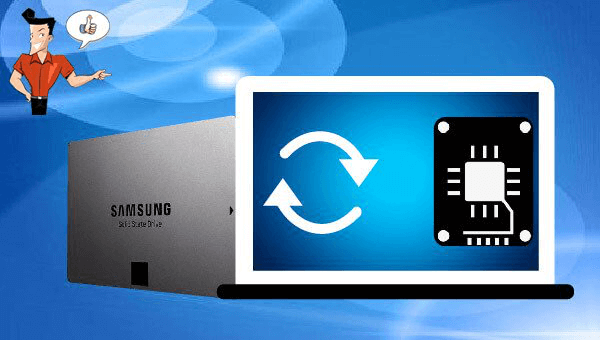
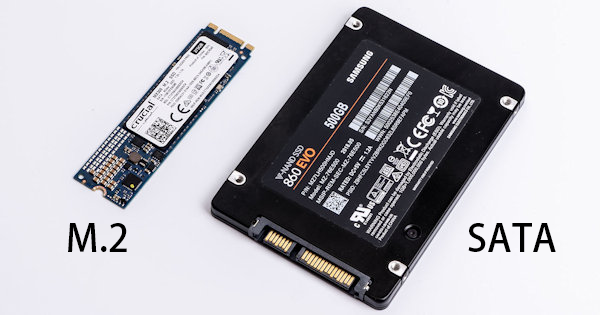
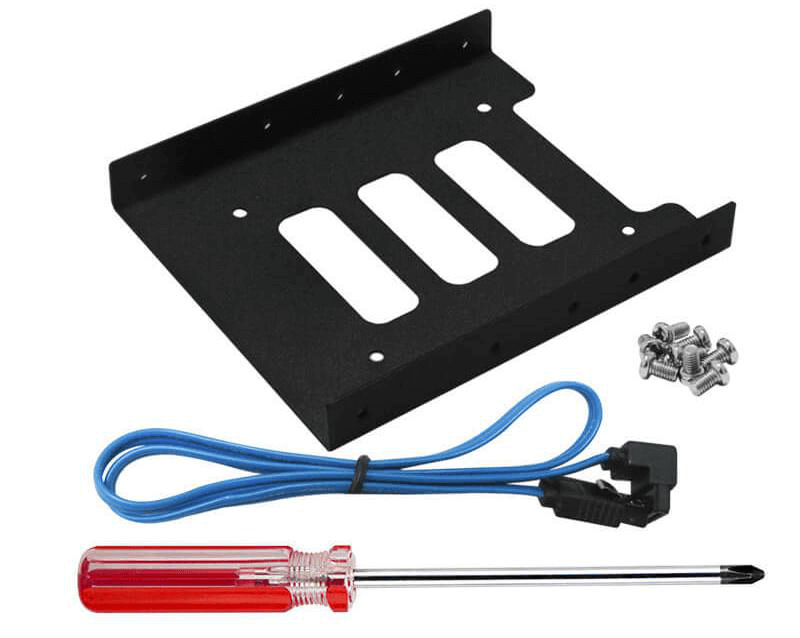
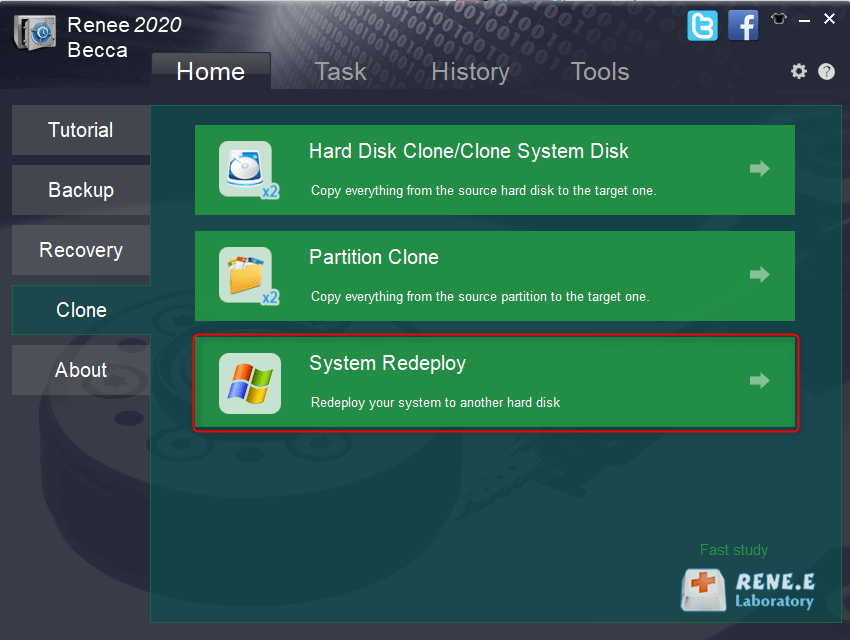
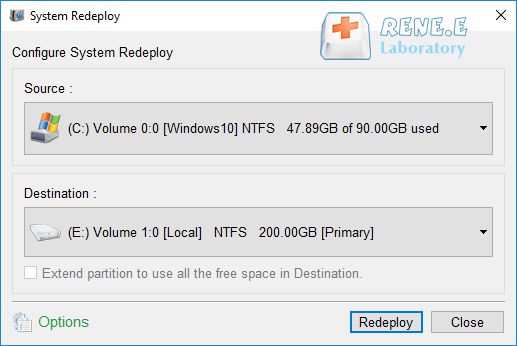

Comments
0 comments
Please sign in to leave a comment.